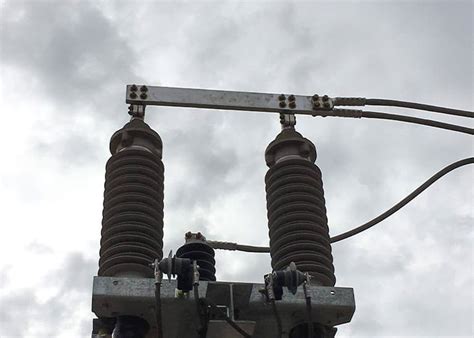
transmission lines and terminations in high speed design
Introduction to Transmission Lines In high speed digital design, signals are often transmitted over controlled impedance traces on a PCB known as transmission lines. As[…]

transmission line impedance measurement even vs odd mode
Introduction to Transmission Line Impedance Transmission lines are used to convey electrical signals between two points. The characteristic impedance of a transmission line is a[…]
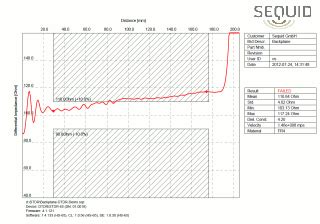
clearing trace impedance calculators and formulas
Understanding Trace Impedance Trace impedance is a critical factor in the design of high-speed printed circuit boards (PCBs). It refers to the opposition to the[…]

PCB Electronics-How To Deal With The Common Problems
Introduction to PCB Troubleshooting Printed Circuit Boards (PCBs) are essential components in modern electronics. They provide a reliable and efficient way to connect electronic components[…]

troubleshooting emc from your workbench
Introduction to EMC and Workbench Troubleshooting Electromagnetic compatibility (EMC) is a critical aspect of electronic device design and functionality. It ensures that electronic devices can[…]
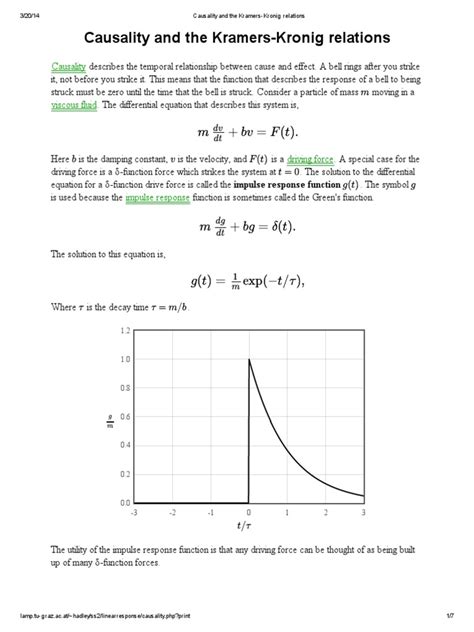
kramer kronigs relationship pcbs
Introduction to Kramers-Kronig Relations and PCBs The Kramers-Kronig relations are a set of mathematical equations that describe the relationship between the real and imaginary parts[…]

transmission line fundamentals and electromagnetic fields part 1
Introduction to Transmission Line Fundamentals Transmission lines are essential components in the field of electrical engineering, as they facilitate the efficient transfer of electrical energy[…]
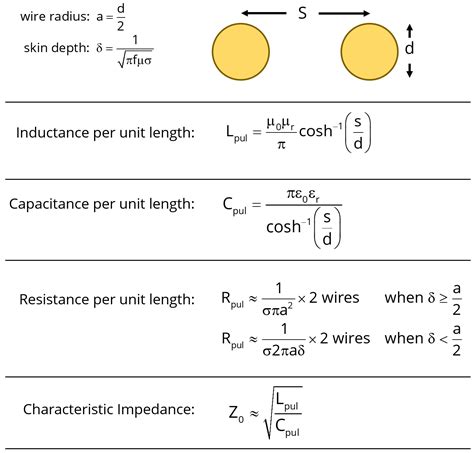
transmission line transfer function abcd and s parameters
Introduction to Transmission Line Parameters Transmission lines are essential components in modern communication systems, connecting various devices and ensuring efficient signal propagation. To effectively analyze[…]

troubleshooting emc immunity issues
Introduction to EMC Troubleshooting Electromagnetic Compatibility (EMC) is a critical aspect of electronic product design and development. EMC ensures that electronic devices can operate reliably[…]
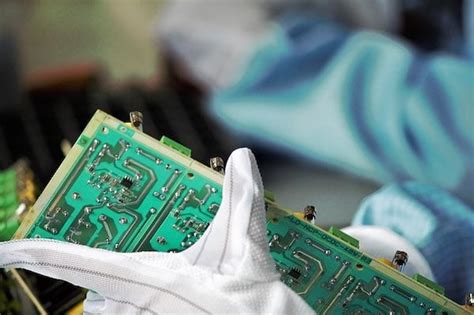
troubleshooting your next pcb design
Introduction to PCB Troubleshooting Printed Circuit Board (PCB) design is a complex process that involves multiple steps, from schematic design to board layout and manufacturing.[…]